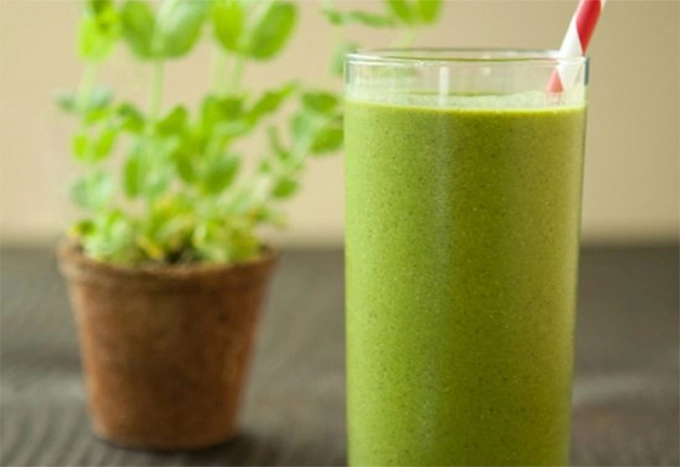November 22, 2025 | 18:48 GMT +7
November 22, 2025 | 18:48 GMT +7
Hotline: 0913.378.918
November 22, 2025 | 18:48 GMT +7
Hotline: 0913.378.918

Vietnam’s tea imported into Taiwan is mainly used to make milk tea, matcha. Photo: TL.
At the Consulting session on exporting tea and coffee products to Taiwan and Hong Kong markets, held by the Trade Promotion Agency (Ministry of Industry and Trade), on the morning of April 28, Mr. Vu Van Cuong, Chief Representative of the Trade Department of the Vietnam Economic and Cultural Office in Taipei, said that Vietnam is currently the largest source of imported tea for this market.
In 2020, Taiwan imported 31,000 tons of tea, worth $77 million. In which, Vietnam’s tea is 17 thousand tons, worth $27 million, accounting for 56% in quantity but only 35% in value of tea imported into Taiwan.
Vietnam’s tea imported into Taiwan is mainly used in food processing using tea ingredients such as milk tea, matcha powder (ground tea)... Consequently, Vietnam’s tea imported into Taiwan is usually packed in large bags, over 3kg/package. The type of tea in large packages in Taiwan is mainly Vietnam’s tea.
Meanwhile, tea from many other countries such as Japan, Sri Lanka ... imported into Taiwan is mainly packed in small bags, canned and sold at specialized tea shops, to sell to Taiwanese consumers to make daily drinks or give each other as gifts.
According to the Agency of Foreign Trade (Ministry of Industry and Trade), in the first 2 months of 2022, the Taiwanese market imported the most tea from Vietnam, reaching 2 thousand tons, worth $3 million, up 3.5% in quantity and 0.9% in value over the same period in 2021. Vietnam's tea import accounted for 47.7% of the total tea import volume of the Taiwan market in the first two months of the year.
Translated by Hoang Duy
/2025/11/21/4309-2-153400_128.jpg)
(VAN) Green and low-emission rice is paving the way for Vietnamese rice to enter high-end markets, marking the beginning of a transformation journey toward greening and elevating the national rice brand.

(VAN) ‘Right to Win’ outlines a national action plan that shapes a new vision for Viet Nam’s agriculture in an era of renewal and global integration.

(VAN) Lam Dong’s farmed sturgeon output this year is expected to reach 2,300 tons, worth VND 450 billion, affirming the brand’s position on the market.

(VAN) A surge in Ukrainian egg exports, largely driven by soaring sales to the UK over the last few years, has notably pushed up egg prices on the domestic market.

(VAN) The price of Arabica Catimor coffee in Quang Tri is currently at VND 25,000–27,000/kg (fresh cherries), the highest level ever recorded

(VAN) 'From the coffee story, we can think deeper and further about the crop production sector - from development orientations and value-chain organization to international integration,' assessed Dr Le Quoc Doanh.
/2025/11/18/2431-0-161627_248.jpg)
(VAN) Viet Nam accounts for 43% of the world's export volume of Robusta coffee. However, the Vietnamese Robusta coffee brand has yet to gain broad recognition on the global market.